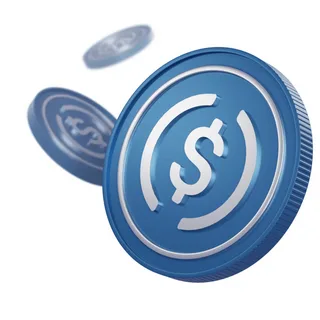Staking is a method for generating passive income in the crypto world, similar to interest or dividends earned while retaining your underlying assets.
If you stake your existing cryptocurrency, you can earn more of that same currency as a reward. This happens when you vouch for the validity of transactions made on a blockchain network. Even though it may sound complex, regular users can do this from their digital wallets or by using services provided by exchanges. These exchanges take a percentage of what is earned but will handle all the difficult details for staking customers.
Staking in cryptocurrencies generally results in higher earnings than what you could earn in a savings account. Staking, though, comes with inherent risks. You’ll get rewards in crypto, a volatile investment asset. You may be required to lock up your crypto for a certain length of time at times. Furthermore, there’s the potential that you’ll lose some of the cryptocurrency you’ve staked as punishment if the system doesn’t operate properly.
Staking can also serve as a way to incrementally grow your cryptocurrency assets portfolio, using coins you don’t plan on selling anytime soon. Staking is also more energy efficient than mining, which Bitcoin and some other cryptocurrencies utilize.
Staking is an essential part of the technology behind certain cryptocurrencies. However, not every cryptocurrency network employs staking.
In the long run, proof-of-stake cryptocurrencies, as they’re known, are likely to support staking. Here are a few case studies:
Ethereum (which recently shifted from proof-of-work).
Bitcoin, Litecoin and other proof-of-work cryptocurrencies are energy hogs. They require large amounts of electricity and expensive computers to run. They don’t typically allow for staking. The following are examples of proof-of-work cryptos:
To comprehend staking, it’s helpful to have a basic understanding of what blockchain networks accomplish. Here are some key facts you should know.
Rather than one centralized party — like a bank — validating new activity and making sure it tallies with a historic record kept on computers across the network, blockchains are “decentralized.” This means that users put together recent blocks of transactions before submitting them to be included in an unchangeable historical record. If theirblocks are accepted, they receive a transaction fee paid out in cryptocurrency.
Staking is a safeguard against fraud and mistakes in this procedure. Users proposing a new block — or voting to accept a proposed block — risk some of their own money, which encourages them to follow the rules.
Inaccurate information in a proposed block can result in loss of part of the user’s stake, which is known as slashing. The size of the transaction fee rewards generally corresponds to the amount at risk.

